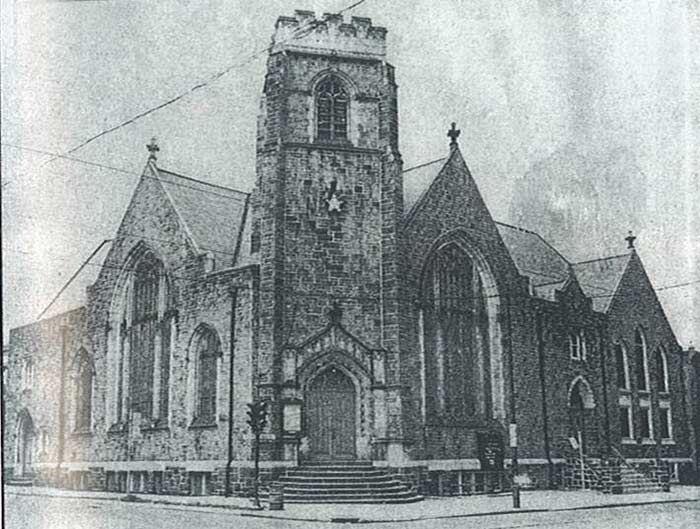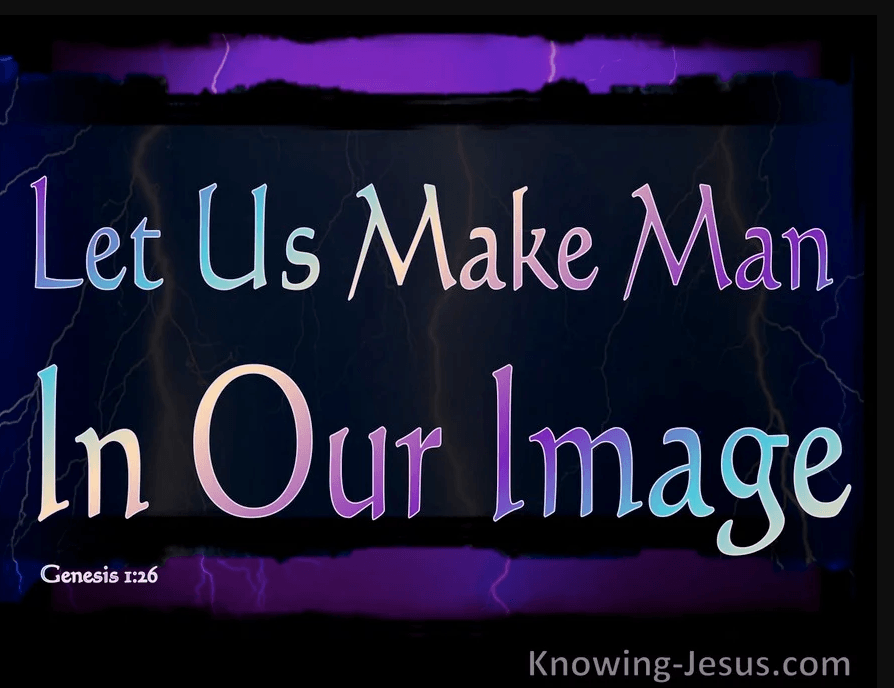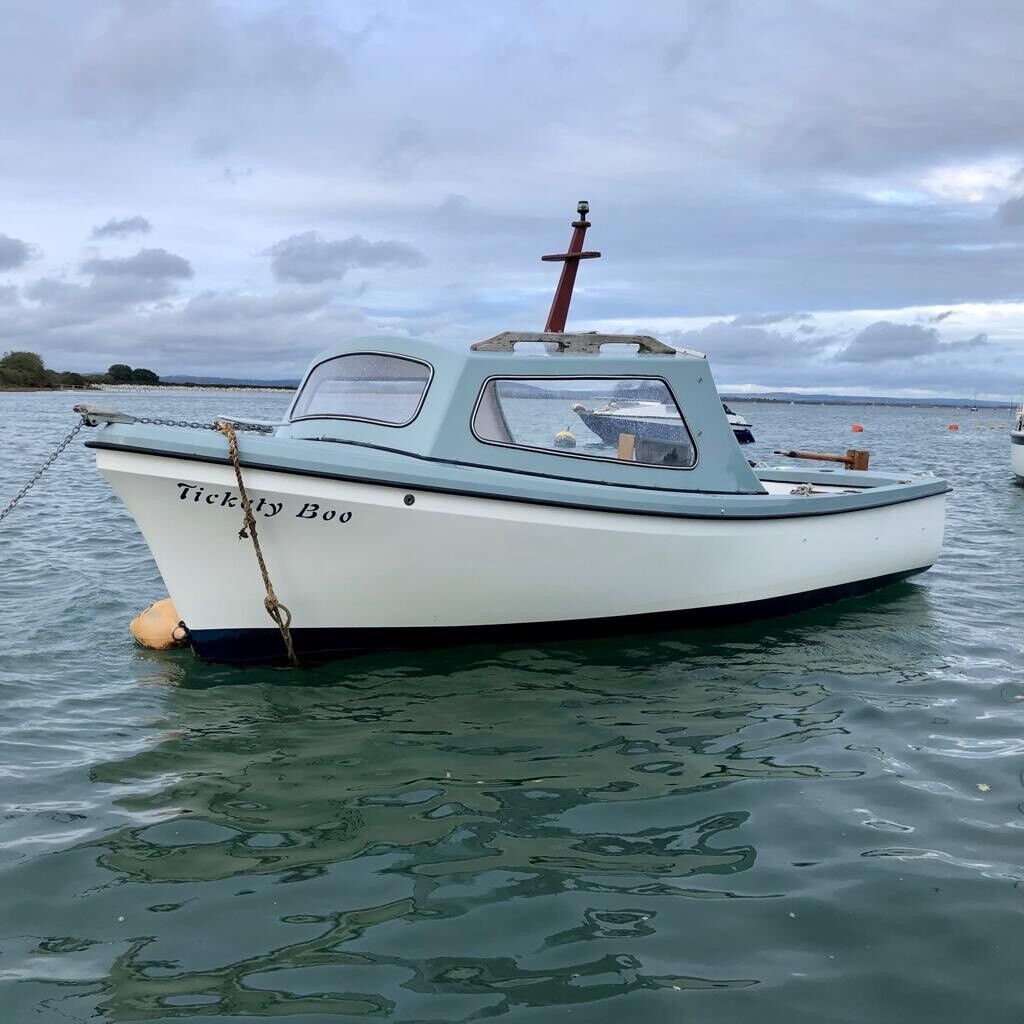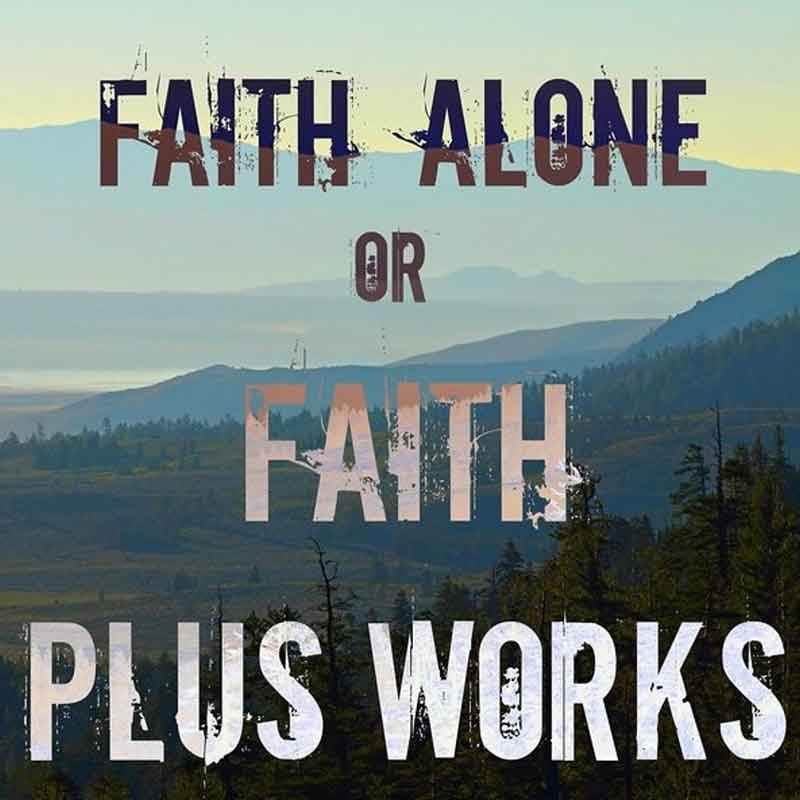In 1907 the "Mission" moved to The Old Blacksmith Shop in the 600 block of North Forty-sixth Street. Here, while the Reverend Smith conducted worship services inside, the shuffling of horses outside could be heard. Sometime during this period, 1907-1909, the "Mission's" name was changed to the White Rock Baptist Church and a new location at 707-709 North Forty-sixth Street was purchased.
One of our blessings has been that since 1909, the church has been led by 3 uniquely gifted pastors:
Rev. Robert W. Goff. D.D.
In 1909 Reverend Robert William Goff, a graduate of Lynchburg Theological Seminary was called to pastor White Rock. Accompanied by his wife, Annie B., and his son. Eugene, Rev. Goff assumed the leadership of the congregation and it immediately took on a new life.
Rev Goff served as Pastor for 22 years and was known for excellent preaching. White Rock became known as the spiritual powerhouse of West Philadelphia and during this time the church continued to grow.
In 1931, after several months of failing health, the White Rock Church family was deeply saddened by the death of its beloved pastor, Robert W. Goff.
The Reverend John Henderson officiated as supply minister until 1934 when White Rock chose a new pastor.
Reverend and Mrs. Willie C. Williamson
Reverend Willie Carthur Williamson of Durham, North Carolina was called as Pastor in 1934. He came to White Rock with his wife, Carrie.
Reverend Williamson was a conscientious, dedicated leader, who was distinguished by his ability to set goals, and then see them through to successful achievement. Blessed by God, the membership outgrew its building and Reverend Williamson recommended the purchase of a building at Fifty-second and Arch Streets. On March 20, 1938, the membership joyfully marched into its new Church home.
The joy and growth of the 1940's continued into the mid 1950's until tragedy struck. On April 1, 1955, the Church building was gutted by fire and declared a total loss.
Pastor and people valiantly sought to respond to this seeming disaster. Worship services were held on the afternoon of April 3, 1955 at the Vine Memorial Baptist Church. Pastor Williamson called on Reverend William J. Shaw, a Church member and first-year student at Union Theological Seminary in New York City, to lift the hearts of the congregation by bringing the sermon.
The first task facing the Church was to secure a place for worship. On April 12, 1955, the pastor and officers agreed to hold services in the Fans Theatre and the motion picture theater became the Church's first temporary home. All activities had to be concluded and the building vacated by 12:30 p.m. Rent was free. The two costs were a $5 weekly janitorial services fee and an unrecorded amount for the rental of a piano.
In the midst of the crisis from the fire, Rev. Williamson became ill. During his illness Rev. Williamson asked Rev. Shaw to lead worship services. In early 1956, Rev. Williamson died. Following his death, the congregation asked Reverend Shaw to serve as Acting Pastor while a Pulpit Committee sought a suitable person to recommend as Pastor.
Reverend William J. Shaw
On June 26, 1956, after prayerful deliberation, the search committee recommended that the Church call Reverend William J. Shaw to serve as pastor.
Reverend Shaw officially became pastor of the Church. His first sermon delivered as pastor was from I Kings 3:5-14. The sermon subject was "Lord. For a Hearing Heart." This sermon was delivered on the first Sunday in August, 1956.
In 1957, a beautiful young lady was presented to the congregation as the intended bride of the pastor. On the afternoon of July 14, Miss Camellia Lottie McCullough and William J. Shaw were united in the sacred bonds of marriage. Officiating were the Reverends M.C. Williams of Denver, Colorado and the Reverend L.G. Carr, pastor of the Vine Memorial Church. After a two-week honeymoon the couple settled in a well-appointed parsonage at 6222 Carpenter Street.
On the Third Sunday in July, 1958, after more than three years of "wandering," White Rock Church entered into its "new" home at 53rd and Chestnut Streets with rejoicing. A relocation cornerstone was laid in October, 1958 and can be seen next to the Chestnut street entrance to the church
Pastor Shaw has now served as Pastor for over 65 years. During this time the church has seen expansive growth, the addition of a new building and changes in its organization. While continuing to lead us, Pastor Shaw has also led African American Baptists at the local state and national level and served as President of the National Baptist Convention between 1999 and 2009. White Rock has accompanied him on his leadership journey.
For us, Pastor Shaw continues to be a vital and active leader who challenges us to be the best Christians we can be and to follow the example of Jesus in our living.
Time and space keep us from telling all of "Our Story”, but we would be happy to share it with you in person. We continue in our efforts to lift the name of Christ and to live in real recognition of His Lordship.








